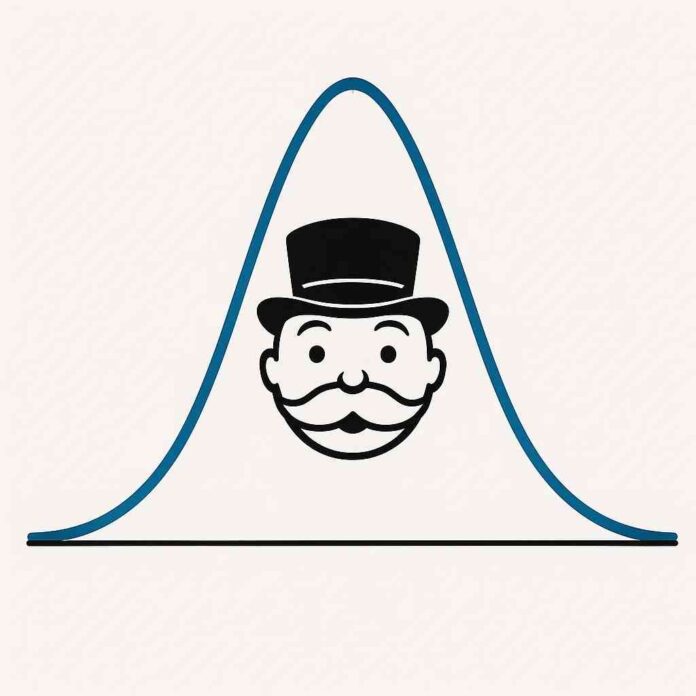In the world of fixed income, not all bonds are created equal. Today’s word is Callable Bonds — a type of debt instrument that gives the issuer, not the investor, the right to redeem the bond before its maturity date.
Think of it as lending money to a company or government, but with a catch: they can pay you back early if conditions suit them.
What Are Callable Bonds?
A callable bond is a bond that can be repurchased (or “called back”) by the issuer at a set price, usually at or slightly above face value, before it reaches maturity.
- For issuers (borrowers): This provides flexibility. If interest rates fall, they can refinance their debt at lower costs by calling the bond and issuing new bonds at cheaper rates.
- For investors (lenders): This creates risk. Investors lose the future interest payments they expected, especially if they were higher than what new bonds offer in the lower-rate environment.
Why Do Callable Bonds Exist?
Callable bonds are attractive to issuers because they act like a refinancing option. Just as homeowners refinance mortgages when interest rates drop, companies and governments can “refinance” their debt by calling bonds and reissuing at better rates.
To compensate investors for this risk, callable bonds usually offer higher yields compared to similar non-callable bonds.
Real-World Examples
- Corporate Example – AT&T
- AT&T often issues callable bonds to finance its heavy capital expenditures.
- If rates fall, AT&T can redeem older high-interest bonds early and reissue cheaper debt.
- Municipal Bonds – U.S. Cities and States
- Many municipal bonds in the U.S. are callable after 10 years.
- Example: A city issues 30-year bonds with a 5% coupon. If rates fall to 3% after 10 years, the city can call the old bonds and issue new ones at 3%.
- Recent Market Context (2023–2025)
- During 2023–2024, as interest rates peaked and then declined, several utilities and telecom companies called bonds to refinance at lower rates.
Expanded Investor Perspective
For new investors, callable bonds are a double-edged sword. On one hand, they can generate higher income than plain-vanilla government or corporate bonds. On the other, the investor effectively sells the issuer an embedded option — the right to repay early. This means the investor carries reinvestment risk, often at the worst possible moment: when rates are lower.
A crucial concept is the yield-to-call, which measures the return assuming the bond is called at the earliest date. Many investors mistakenly focus only on the yield-to-maturity, which may never be realised if the bond is called early. Another important point is call protection, a period during which the bond cannot be redeemed. Longer protection periods provide more certainty for investors.
Ultimately, callable bonds should be seen as income enhancers with a built-in option trade-off. They are most suitable when investors believe interest rates will remain stable or rise, reducing the chance of an early call. For conservative investors who prize predictable cash flows, however, non-callable bonds may be the safer route.
Key Takeaways
- Callable bonds boost income but add uncertainty.
- Understand the call schedule and yield-to-call before investing.
- Best suited for investors comfortable with rate risk and reinvestment flexibility.
Final Word
Callable bonds are a reminder that in finance, there’s no free lunch: higher yields often mean higher risks. For new investors, they can be a useful tool — but only if you understand the trade-off between higher coupon income today and the risk of losing it tomorrow.





